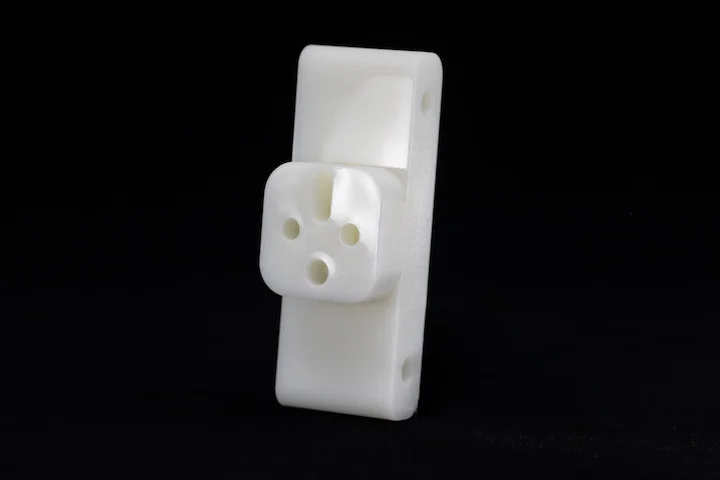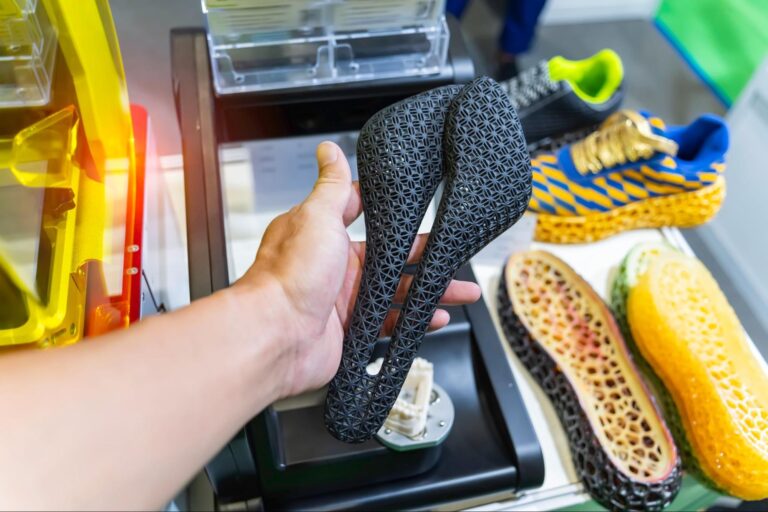Somos Evolve is a photopolymer resin used in Stereolithography (SLA) and Digital Light Processing (DLP) 3D printing technologies. It is known for its high-temperature resistance and mechanical properties. Here are some applications where Somos Evolve can be effectively used in 3D printing:
Functional Prototypes: Somos Evolve can be used to create functional prototypes of parts and components that need to withstand high temperatures, mechanical stress, and other challenging conditions. This is valuable for testing and validating designs before moving to production.
Automotive Components: The material’s high-temperature resistance and durability make it suitable for producing automotive components, such as under-the-hood parts, interior components, and functional prototypes of engine parts.
Aerospace Parts: In aerospace, where parts need to withstand extreme temperatures and demanding environments, Somos Evolve can be used to create prototypes and end-use components.
Electrical and Electronic Housings: The material’s high-temperature resistance and electrical insulating properties make it suitable for producing enclosures, connectors, and housings for electrical and electronic devices.
Custom Tooling: Somos Evolve can be used to produce custom tooling, jigs, fixtures, and molds used in manufacturing processes that involve high temperatures, such as composite layup tooling.
Functional End-Use Parts: The material’s mechanical properties and temperature resistance allow for the production of end-use parts used in various industries, including manufacturing, machinery, and industrial equipment.
Oil and Gas Industry: Parts created from Somos Evolve can be used in the oil and gas industry, where resistance to high temperatures and chemicals is crucial.
Medical Devices: Some medical devices and equipment require materials with high-temperature resistance. Somos Evolve can be used to produce components for such applications.
Aerospace Prototyping: When developing aerospace components, using Somos Evolve for prototyping can help engineers and designers assess the performance of parts in demanding conditions.
Consumer Electronics: The material can be used for prototyping and producing housings, casings, and enclosures for consumer electronic devices that generate heat.
Heat-Resistant Components: In applications where components are exposed to high temperatures, such as manufacturing equipment or industrial machinery, Somos Evolve can be used for parts that need to maintain their integrity.
Tooling for Composite Manufacturing: Somos Evolve’s heat resistance makes it suitable for producing tooling used in composite manufacturing processes, where elevated temperatures are often involved.
Keep in mind that the specific properties of Somos Evolve, such as its heat resistance and mechanical strength, make it suitable for applications where these properties are essential. When using this material for 3D printing, it’s essential to understand its characteristics, adjust printing settings accordingly, and consider appropriate post-processing steps to achieve the desired results for your specific application.









